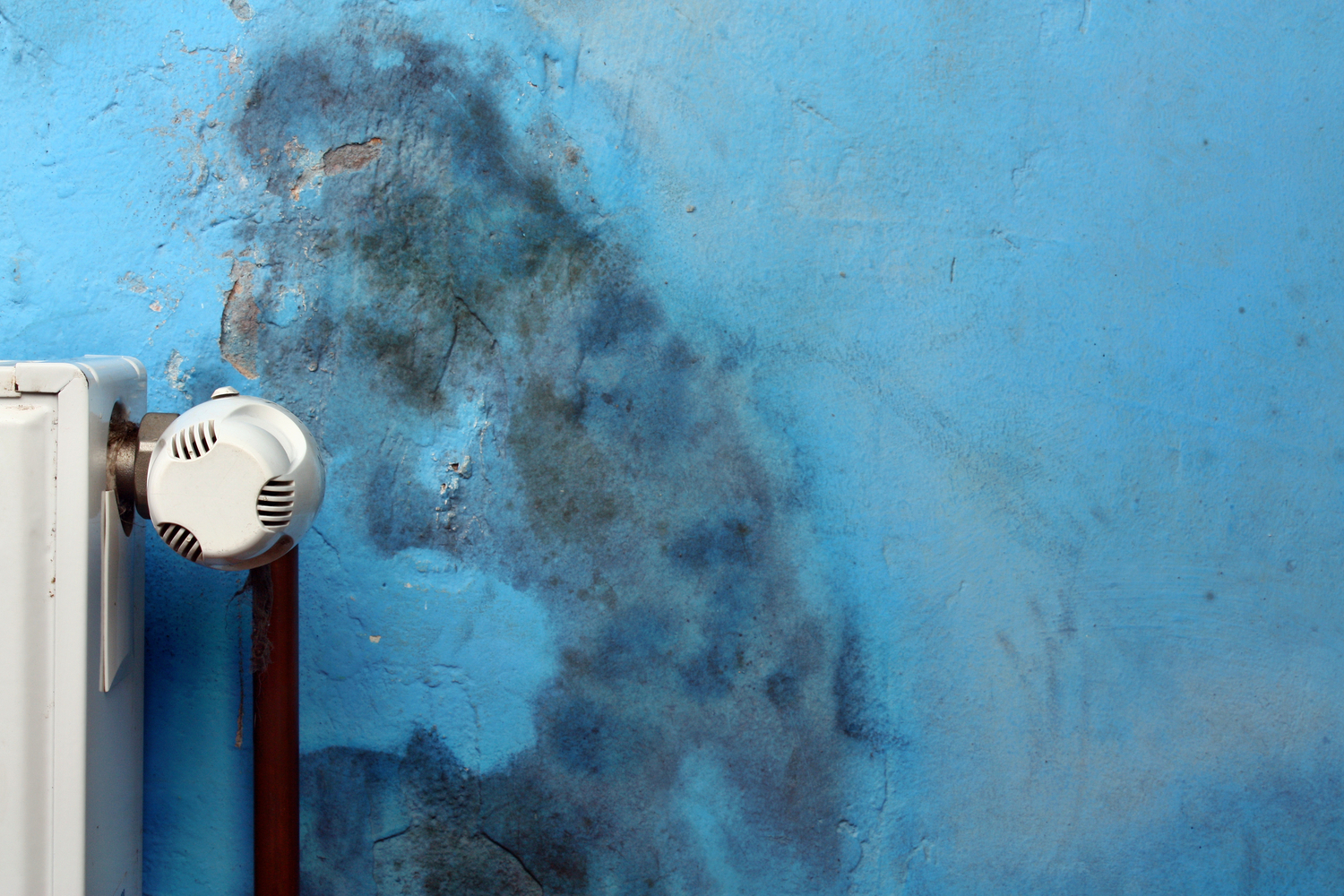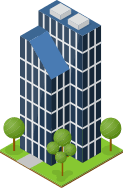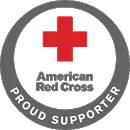Even if you are conscientious and do everything right when it comes to your food, mold can still show up. So what do you do with moldy food? Believe it or not, Water Mold Fire Restoration is often asked if it is dangerous to eat mold?
Here’s a real definitive answer; according to the United States Department of Agriculture (USDA), sometimes yes, and sometimes no. Can you, as an ordinary citizen, look at any mold and tell if it is the harmful kind? Mold can cause allergic reactions or contain toxic mycotoxins and aflatoxins that can cause respiratory problems or worse in humans. Aflatoxins are a cancer-causing poison produced by certain fungi in or on foods. Also it is probably the best known and most intensely researched type of mycotoxin in the world.
What Are Molds?
Molds are microscopic fungi that live and grow on plant or animal matter. They are a natural part of the environment and can be found almost everywhere. Scientists don’t know how many different types of mold there are, but estimate that there are more than 300,000 different types, or species, of molds.
When mold spores land on damp surfaces they may begin to grow and then they start digesting whatever they are growing on. Eventually they will destroy the material that they are growing on. As molds grow, they expand their colonies by producing spores that easily can become airborne and spread to new areas. Once the spores become airborne, they can be inhaled by people and then cause that person many different adverse health problems. Mold spores are known to survive long periods of time without water or a food source. Even when the spores are no longer viable (alive), the allergens in the spores and on them may remain allergic for many years.
When It’s OK to Eat Food With Mold on It
There are actually some foods that are safe to consume when there is mold present. Just because it’s moldy doesn’t mean certain foods should be pitched into the trash. However, food experts say not to eat the actual mold!
- Hard Salami - salamiis considered “shelf-stable”. You can eat the meat AFTER you cut or scrub off the mold.
- Dry-Cured Hams – treat dry-cured hams the same as salami.
- Hard Cheeses – molds can’t deeply penetrate hard cheese, again after you cut the mold off the cheese is safe to eat.
- Firm Fruits and Vegetables – cut off the mold and these are safe to eat.
- Cheeses Made With Mold – Roquefort, blue, Gorgonzola, Stilton
- Twinkies – just kidding!(Twinkies are rumored to have a shelf life of forever, so they will never(?) have mold on them if their wrapper is intact. At least so far none have been found that I have heard about.)
Moldy Foods That Should Be Trashed
Never eat these foods if mold is present:
- Peanut butter
- Hot dogs
- Food leftovers
- Yogurt
- Bread
- Soft fruits and vegetables
- Bacon (shucks, what a waste)
- Crumbled or shredded cheeses
Should You Knowing Eat Mold
Very seldom is eating mold a good idea. That said, what happens if you do eat mold? There is no absolute answer. Experts say, “It depends.” Isn’t that exactly what you wanted to hear?
Ingesting mold can cause the same health problems that occur if you come into contact with it or breath it in: shortness of breath, coughing, skin and eye irritations, asthma, and so on, and so on. This is especially true if you are one of those people who already have a weakened immune system, like people who are suffering from HIV/Aids, undergoing chemotherapy treatments, diabetic, viral hepatitis, etc.
Although it is also true that you may suffer absolutely no adverse health effects at all. If you don’t see it, and accidentally eat mold, and if you have a healthy immune system it is possible that the acids in your stomach may kill the mold before it can have any affect on you. If you find out after the fact that you have eaten mold, you should contact a health professional for advice on what steps to take next.
Steps to Prevent Mold on Food
There are number of things that you can do to prevent accidently eating mold:
- Keep food covered even when serving it.
- Have leftovers that are more than 4 day old? Pitch them!
- Be aware of any product’s expiration date.
- Keep the inside of your refrigerator clean. Use a baking soda and water solution to clean it.
- Don’t leave perishable foods out of the refrigerator for more than a few hours.
So Is It Dangerous to Eat Mold?
The answer to question “Is It Dangerous to Eat Mold?” is that it all depends. On what, you may ask? It will all depend on these three factors:
- Are you in good health?
- Is your immune system up to par? Or are you immunodeficient? Even if your immune system is in excellent shape, experts cannot, and will not, give you a 100% guarantee that if you do eat mold whether it will or won’t cause you any harm.
- How old are you? The younger you are or the older you are helps to determine how strong your immune system may be. Young people’s immune systems have yet to fully develop and older people’s systems are on the decline.
Each person’s body responds slightly differently, but eating mold doesn’t sound all that yummy to me. In the long run eating mold may or may not affect you in a bad way, but why take the chance? Moldy food is smelly food (Even blue cheese doesn’t smell all that great. Ask any first grader who has been forced to taste-test it at school). For goodness sake, pitch that moldy food in the trash and go get something fresh. There’s no sense in taking the chance on eating mold on purpose.
Except for some blue cheese on crackers with a great glass of wine that is!








